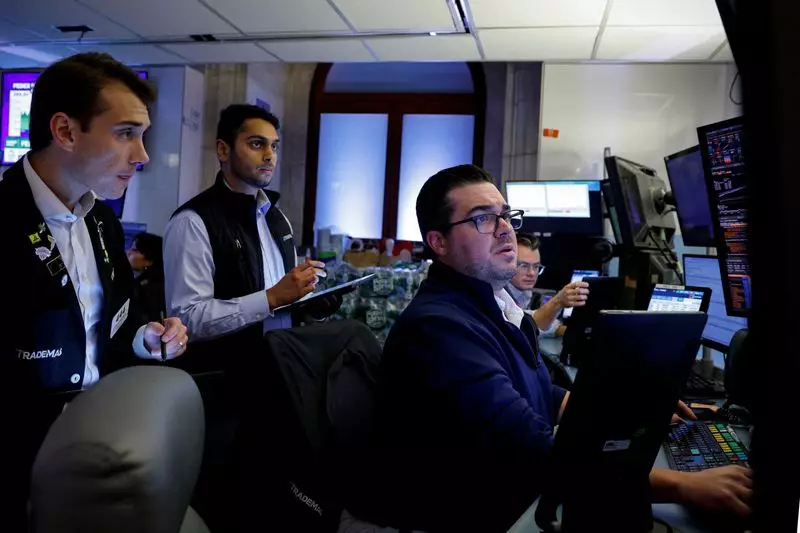The current state of the U.S. stock market is a reflection of a complex interplay between geopolitical tensions, macroeconomic data, and labor developments. As of Wednesday, investors are grappling with a precarious situation, compounded by an ongoing port strike and malign developments in the Middle East. In this analysis, we will delve into the various factors that are shaping market sentiment, the implications for investors, and the broader economic context in which these events occur.
Geopolitical uncertainty continues to loom large over investor sentiment, particularly in light of recent missile strikes by Iran against Israel. This escalation marks a volatile point in an already strained relationship, forcing investors to re-evaluate their positions and leading to risk aversion in the stock market. The repercussions of such tensions are significant; when geopolitical crises emerge, they often result in heightened volatility across global markets, exemplified in recent trends where major indices such as the S&P 500 and Nasdaq have hit near two-week lows.
Despite the immediate market reaction, analysts suggest that if Israel’s response remains measured, there could be grounds for a more favorable outlook for market stability. The historical tendency for nations involved in such conflicts to ultimately seek de-escalation provides a glimmer of hope. Nevertheless, the impact on oil prices has been pronounced, with prices surging as traders brace for potential supply disruptions from the oil-rich region, thereby impacting sectors such as energy and defense stocks.
Domestic Labor Issues and Economic Indicators
Compounding the geopolitical risks is the domestic labor landscape, marked by a dockworkers’ strike that has profoundly disrupted operations on the East and Gulf coasts. Analysts estimate the economic toll of this strike could reach a staggering $5 billion daily, driving inflationary pressures at a precarious time. Inflation has recently approached the Federal Reserve’s target of 2%, and disruptions like these pose a serious risk to both price stability and economic growth.
The resonance of the labor market is amplified ahead of significant economic data releases, including the ADP National Employment report and non-farm payrolls scheduled for Friday. These reports are crucial for understanding the health of the labor market and will likely influence the Federal Reserve’s upcoming policy decisions. The market currently anticipates a shift in monetary policy, with a likelihood of a smaller rate reduction in November reflecting growing concerns about economic stability amidst a dynamic global landscape.
In response to these developments, the futures market has shown a bearish tilt, with major indexes such as the Dow, S&P 500, and Nasdaq all registering declines. Safe-haven assets such as Treasury bonds have lost some ground, while market volatility, as indicated by the CBOE Volatility Index, remains at elevated levels. This apprehension reflects broader risk sentiment among investors—highlighting the cautious approach many are adopting in light of external uncertainties.
The performance of specific sectors is also noteworthy; energy stocks have gained traction as oil prices rise, while defense stocks have also garnered attention amid heightened geopolitical risks. On the flip side, individual corporations like Nike have faced investor backlash, noted by a significant drop in shares after adjusting revenue forecasts, highlighting the severity of market reactions to company-specific news in a broader challenging landscape.
The current market situation represents not just a momentary set of challenges but also a part of a broader narrative about the interplay between global events and domestic economic health. As investors await crucial labor market insights and monitor geopolitical developments, the remaining question is how these factors will shape the Federal Reserve’s policies.
Indeed, this period is one of heightened uncertainty, making it crucial for stakeholders, policymakers, and investors alike to remain vigilant and adaptable. Navigating through this landscape requires a balanced perspective on the risks posed by both geopolitical strife and domestic economic shifts, underscoring the complexity of modern market dynamics. As the situation continues to evolve, maintaining an informed and reactive market strategy will be imperative for all involved in the financial ecosystem.

